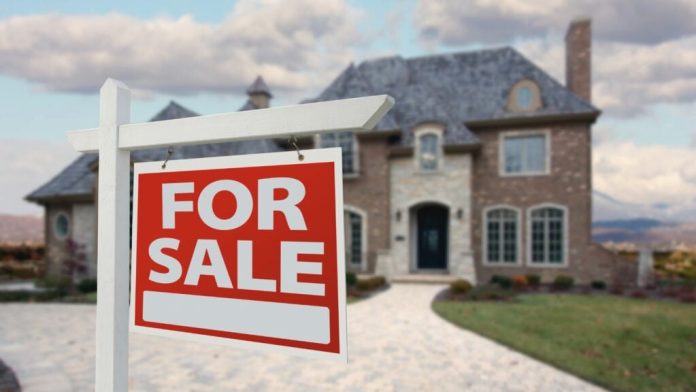The financial gap between owing and renting has grown significantly, making the dream of homeownership more distant, according to report released by Redfin Thursday.
Bigger. Better. Bolder. Inman Connect is heading to San Diego. Join thousands of real estate pros, connect with the Inman Community and gain insights from hundreds of leading minds shaping the industry. If you’re ready to grow your business and invest in yourself, this is where you need to be. Go BIG in San Diego!
If buying a home feels more out of reach than ever, while renting still seems manageable, the income gap between the two could explain it all. The financial gap between owing and renting has grown significantly, making the dream of homeownership more distant, according to a report released by Redfin Thursday.
According to the report, the typical American now needs to earn over $116,600 annually to afford a median-priced home in the U.S., compared to just $64,160 needed to afford an average apartment. That an 81.1 percent income gap — the widest it has been in recent years.
Just a year ago, the income needed to buy a home was around $110,800, while renters needed about the same amount as they do now.
The cost to buy is clearly climbing much faster than rent prices due to a confluence of factors.
Elijah de la Campa | Redfin Senior Economist
“It has become increasingly challenging for American renters to make the shift to homeownership thanks to the triple whammy of rising home prices, high mortgage rates and a shortage of houses for sale,” Redfin Senior Economist Elijah de la Campa said in a statement.
To put things into perspective, back in 2021 — during the height of pandemic-era affordability — the gap between buying and renting a home was much smaller. A home purchase required just $63,925 in annual income, while renters needed $54,520. That was only a 17.3 percent difference compared to today’s steep 81.8 percent divide.
One major factor that has been driving the jump is undoubtedly rising mortgage rates. Thirty-year fixed mortgage rates now sit above 6.5 percent — more than double pandemic-era lows. Meanwhile, median home-sale prices have risen 4.5 percent year over year to hit $423,892 in February.
The price surge has left the typical U.S. household — earning about $86,382 — roughly $30,000 short of what’s needed to afford the median-priced home.
Renting, on the other hand, hasn’t seen the same spike. The average asking rent ticked up just 0.2 percent year over year to $1,604 in January. A wave of newly-built apartments has boosted supply, giving renters more options and landlords less room to raise prices.
Build-to-rent homes have also taken off, giving renters even more options. According to a recent Point2Homes analysis, developers completed 39,000 single-family rental homes in 2024, and 110,000 are currently under construction.
According to de la Campa, apartment construction could slow down in the coming months.
“The gap between what someone must earn to buy versus rent may shrink in the coming months, but only because rents are expected to rise as the number of new apartments hitting the market tapers off due to a construction slowdown.”
Regionally, some cities are feeling the pressure more than others. San Jose, California, tops the list, where a household must earn $408,557 annually to purchase a typical home — a staggering 218 percent more than what’s needed to rent. San Francisco, Seattle, and Austin, Texas, also showed high buying premiums, ranging from 143 percent to 176 percent.
On the other hand, Pittsburgh, Pennsylvania, stands out as the most balanced market. There, a homebuyer only needs to earn 14.4 percent more than a renter, followed by Cleveland, Detroit and Cincinnati.
Email Richelle Hammiel






